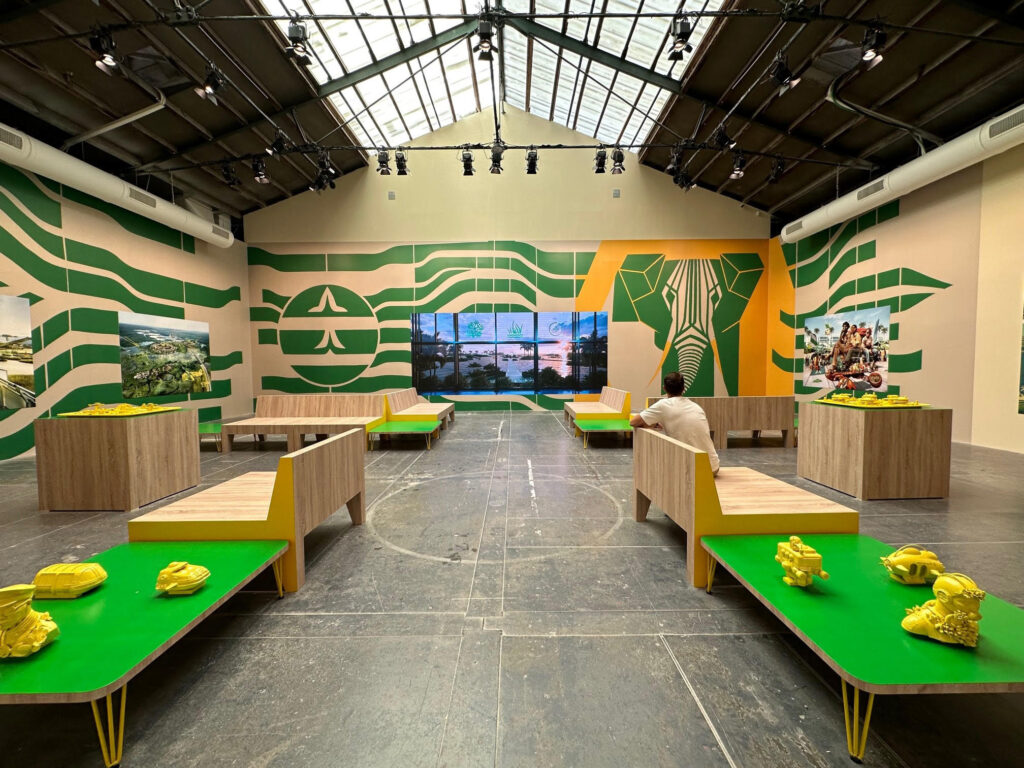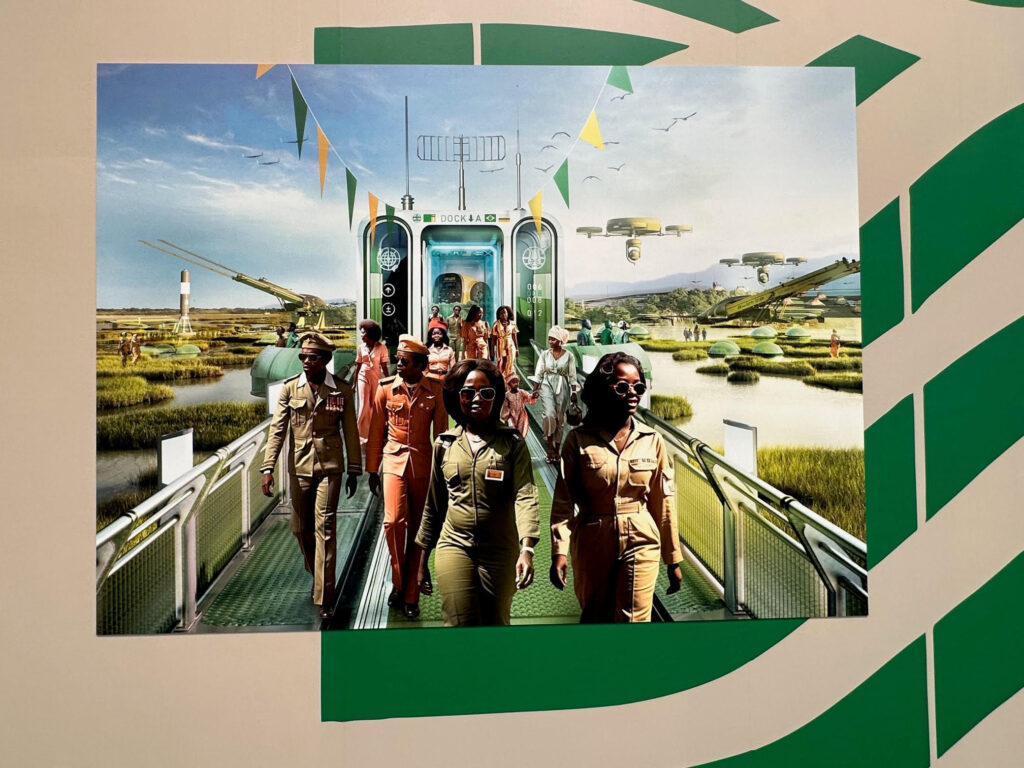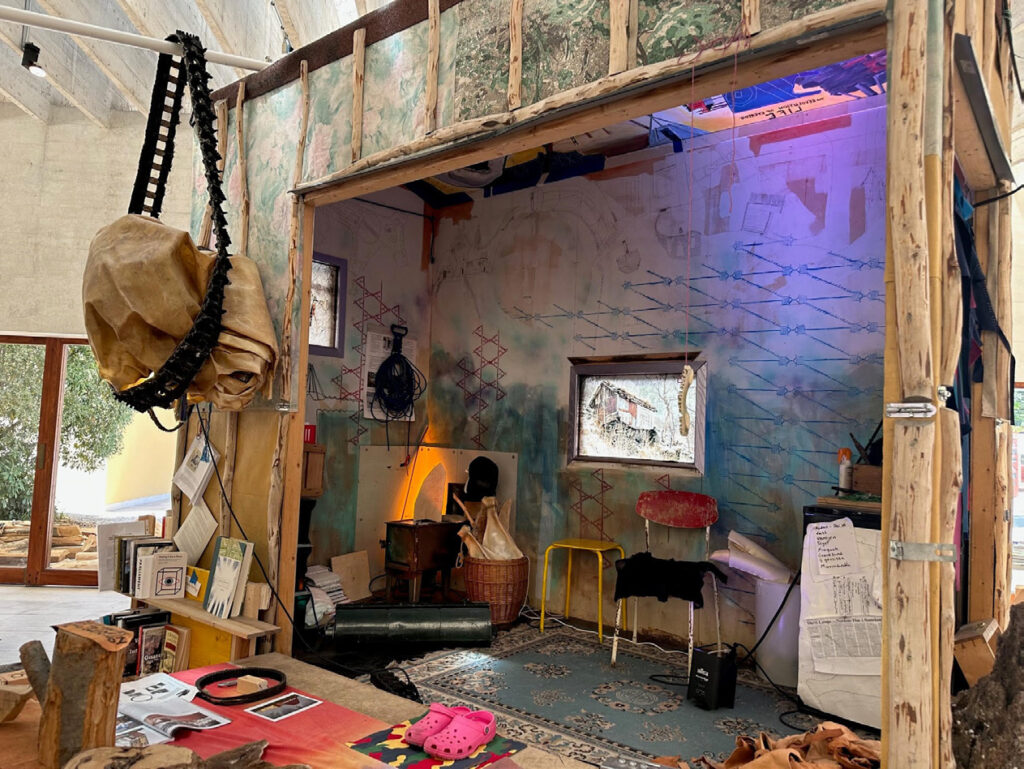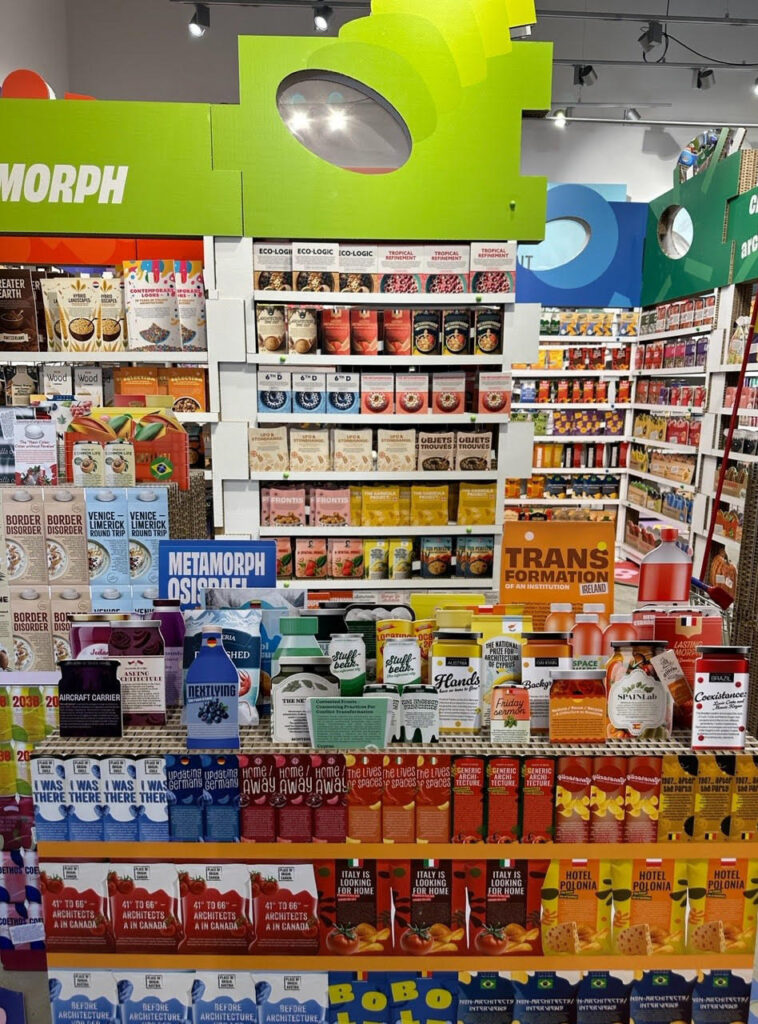
One of the central themes of the 18th Architecture Biennale entitled “The Laboratory of the Future” is an approach to architecture as an expanded field of activity that encompasses both the material and non-material world: a space where ideas are as important as artifacts. This year the event has been curated by Lesley Lokko, the first African American woman awarded the role.
The emphasis is on the future, which generates quite a few questions, because looking too much into the future risks missing the present. The first question arises spontaneously: Are exhibitions of this magnitude still justified? It is not just about costs, or the need to be ecologically sound in terms of carbon emissions, but rather one wonders if such events serve to create a new awareness of the crucial issues of our time related to architecture and the environment.
Considering that this is not an art exhibition, even if the biennial draws its structure and format from its sister event, the Venice Biennale Arte, with which it alternates each year, the audience participation is rational rather than sensory and this is not insignificant. The Architecture Biennale is still using many of the traditional exhibition formats of models, graphics, videos and installations. The availability of Artificial Intelligence (AI) and the use of systems such as the Metaverse would make immersive 3D environments more dynamic, no longer reliant just on a descriptive narrative, but allowing sensory involvement to experience the topics and processes of change as if from the inside of these new designs. This is important as the Architecture Biennale is not intended only for industry insiders but aims to find a common language to allow the public to reflect on the current scenario in which new technological systems should merge with aesthetics.

However, for the first time, the spotlight is on Africa and its diaspora, on the fluid and intertwined cultures of the people of African origin that now embraces the world. The aim of Lokko is to spotlight previously under-represented countries with a focus on de-carbonization and de-colonization and less exploitation of the people and their countries. She explains that Africa is “the continent with the world’s youngest population, the fastest urbanization, growing at a rate of four per cent per year, often at the expense of local ecosystems — so we are at the forefront of climate change, too.” One of the African participants is the team of architects of the Koffi & Diabaté studio from the Ivory Coast, that combines indigenous knowledge with advanced modern technologies in a real-life case study centered on Ebrah, showcasing their vision on how to build the African city of tomorrow.

Amongst the many participating international countries, the Latvian Pavilion is worth visiting; being certainly one of the most photographed. The project used AI to reinterpret themes from past editions of the Venice Architecture Biennials, starting from 2000, and translates them into shelves of products in a pop-up supermarket.
The Uzbekistan Pavilion located at the Arsenale is a suggestive installation with anarchic charm, built in brick like a labyrinth. At the Giardini, the Nordic Countries Pavilion (covering Norway, Sweden, Finland) promotes indigenous Sámi architecture, design, traditional building skills and culture creating a space to welcome visitors and introduce them to the Sámi culture.

Who knows what the future will hold for us in terms of the development of knowledge and reality, but one thing is certain, we hope that architecture will be the bearer of a new spirit and sensitivity to human and aesthetic values. G&S





Leave a Comment